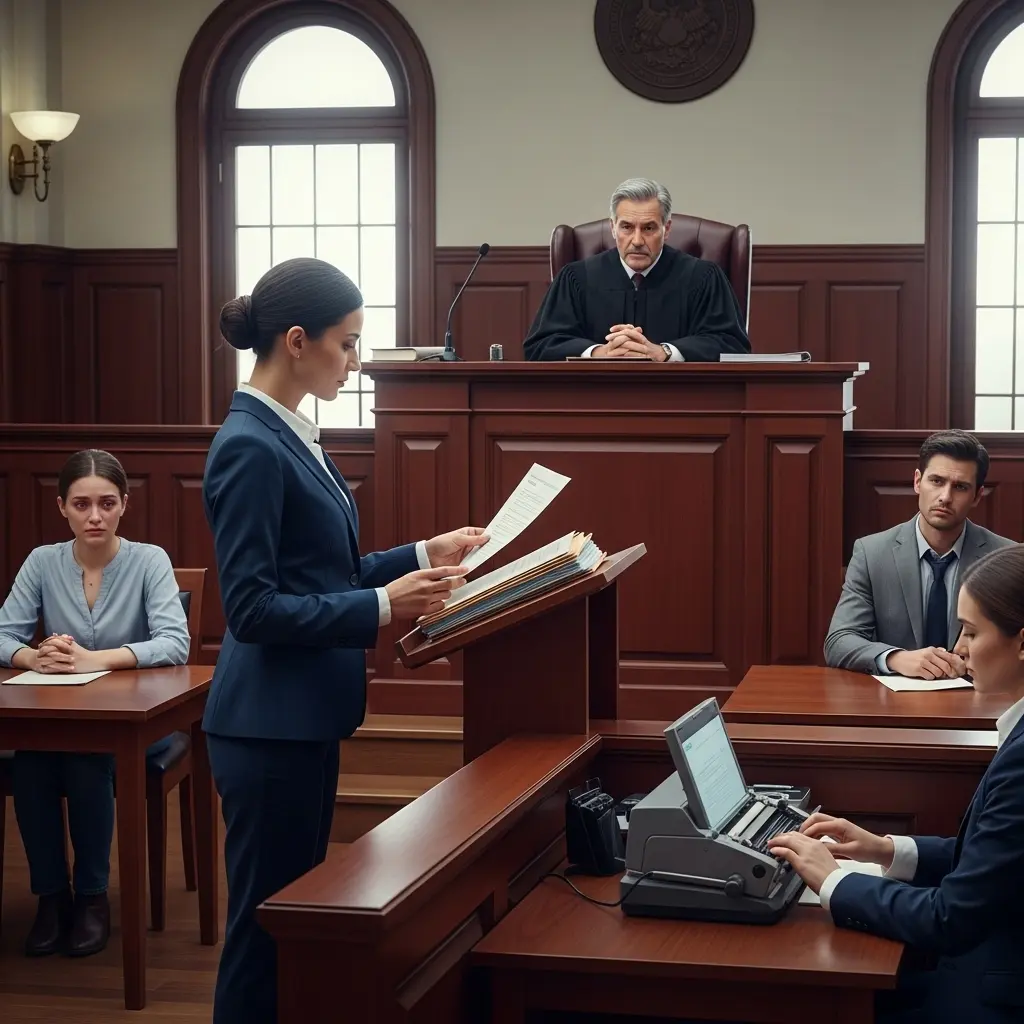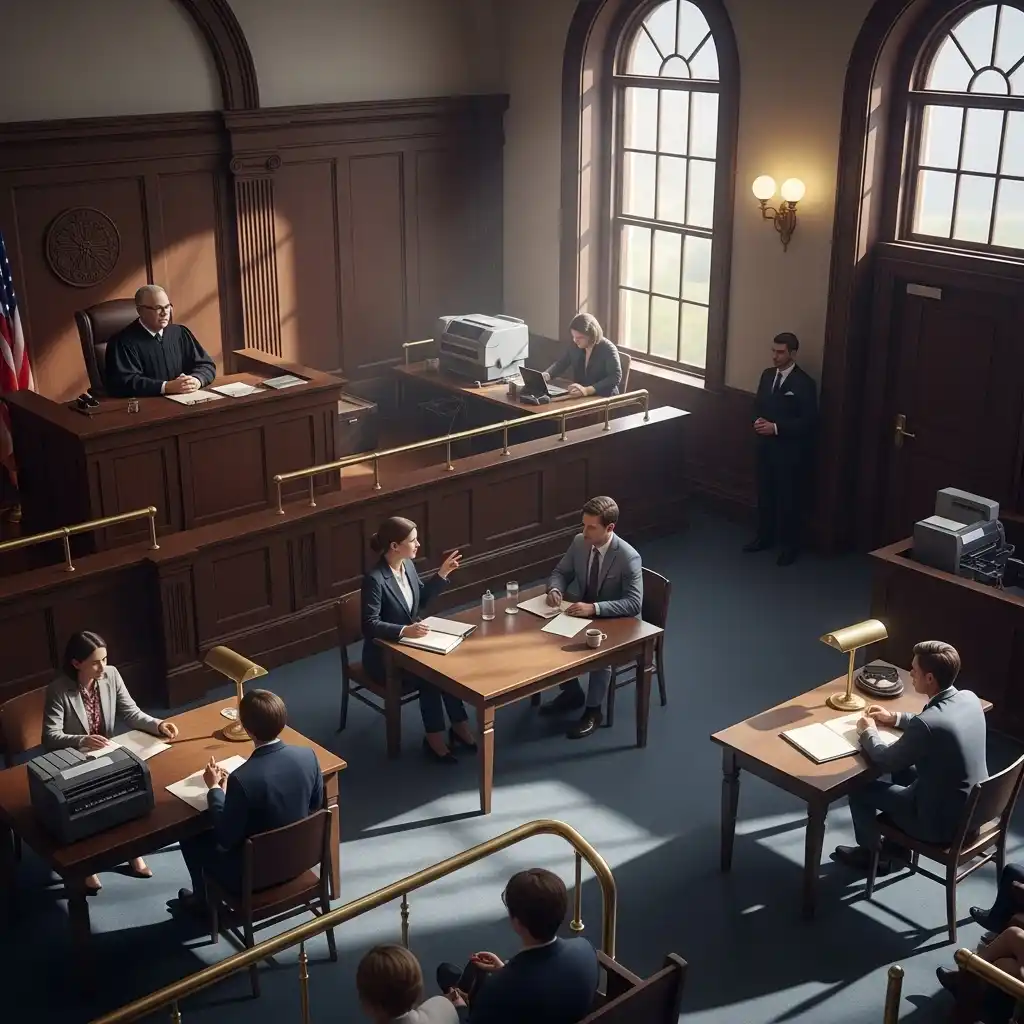

Obtaining a Temporary Restraining Order (TRO) in California is a critical legal mechanism designed to provide immediate protection for individuals facing threats, harassment, or abuse. With domestic violence incidents affecting 34.9% of women and 31.1% of men in California during their lifetimes, understanding the TRO process is essential for both legal practitioners and individuals seeking protection. This comprehensive analysis examines the current legal framework, procedural requirements, statistical outcomes, and recent legislative developments surrounding TROs in California.
California maintains one of the most comprehensive restraining order systems in the United States, processing hundreds of thousands of protection orders annually. Recent data reveals significant trends in TRO utilization:
Effectiveness?:
Research demonstrates that TROs provide substantial protection, with restraining orders being effective in approximately 69% of cases in terms of helping victims separate from their abusers. Women who obtained permanent restraining orders were 80% less likely to experience physical abuse in the following year compared to those without protective orders.
Critical Evidence Categories:
Required Forms for DVRO:
Additional Forms (if applicable):
Filing Process:
Timeline: Typically completed within 24 hours of filing
Standard: "Reasonable proof" - lowest burden of proof in legal system
Judicial Assessment Factors:
Approval Rates: Courts tend to err on the side of caution, granting most TRO requests due to the temporary nature and immediate safety concerns.
Service Requirements:
Service Options:
Service Timeline: Typically 2-3 weeks available for service completion before permanent hearing
Hearing Timeline: Scheduled within 20-25 days of TRO issuance
Evidence Standards: Higher burden of proof required for permanent orders
Representation: Legal representation strongly recommended
Outcomes:
This landmark legislation significantly expanded protections against discriminatory housing practices for individuals with restraining orders, particularly relevant for domestic violence survivors seeking stable housing.
Workplace Violence Restraining Orders now include "harassment" as grounds
Definition: "Knowing and willful course of conduct directed at a specific person that seriously alarms, annoys, or harasses the person, and serves no legitimate purpose"
Impact: Employers can now seek TROs for employee protection without requiring threats of violence

Temporary Orders: Require minimal evidence due to emergency nature and short duration
Permanent Orders: Demand comprehensive documentation and often benefit from legal representation
Key Success Factors:
TROs balance immediate protection needs against due process rights. The ex parte nature (without respondent present) is justified by:
Restraining orders often intersect with criminal proceedings, particularly in domestic violence cases. Understanding this intersection is crucial for:
Close-up of a domestic violence law book and a judge's gavel symbolizing legal protection and justice
Statewide Economic Burden:
Reporting Patterns:
With the 2025 expansion of workplace violence restraining orders, employers now have enhanced tools to protect employees from harassment that previously didn't meet violence thresholds.
Immediate Consultation Recommended:
Strategic Advantages of Legal Representation:
At The H Law Group, we understand that restraining orders often occur within complex legal situations involving criminal charges, family law matters, and long-term safety planning. Our comprehensive approach includes:
Immediate Protection Services:
Long-term Legal Strategy:

Processing Times:
System Capacity:
Digital Filing Options:
Language Access:
Temporary Restraining Orders represent a critical component of California's legal protection framework, providing immediate safety measures for individuals facing threats or violence. With over 227,941 active restraining orders statewide and demonstrated effectiveness rates of approximately 69%, TROs serve as both emergency protection and gateway to longer-term legal remedies.
The 2025 legislative expansions, particularly Senate Bill 428's inclusion of harassment in workplace violence restraining orders, reflect California's continued leadership in protective legislation. However, the complexity of the legal process, intersections with criminal law, and varying local implementation practices underscore the importance of professional legal guidance.
For individuals considering a TRO, understanding both the immediate procedural requirements and long-term legal implications is essential. The statistical evidence demonstrates that proper legal support significantly improves outcomes, with permanent orders providing substantial protection for those who obtain them.
If you are facing threats, harassment, or violence, immediate action is crucial. The H Law Group provides comprehensive legal support for restraining order proceedings, combining expertise in criminal defense, family law, and protective orders. Contact our experienced attorneys at (888) 499-4948 for emergency consultation and strategic legal protection.
Remember: Your safety is paramount. If you are in immediate danger, call 911. For ongoing legal protection and strategic guidance through the restraining order process, professional legal representation can make the difference between temporary relief and comprehensive, long-term safety.
The legal landscape surrounding restraining orders continues to evolve, with enhanced protections and expanded access improving outcomes for California residents. Stay informed about your rights, understand the available legal mechanisms, and seek professional guidance when navigating these critical legal protections.
References:
1: https://pubmed.ncbi.nlm.nih.gov/16043577/
2: https://oag.ca.gov/system/files/media/ogvp-restraining-order-report-062024.pdf
While it is not required, legal representation can greatly improve your chances of success, especially if your case involves custody, criminal charges, or complex evidence.
A TRO lasts about 15–25 days until the court schedules a hearing. At the hearing, the judge decides whether to issue a permanent restraining order, which can last up to 5 years.
Strong evidence includes police reports, medical records, photos of injuries or property damage, threatening messages, 911 call logs, and witness statements.
You must complete and file forms such as DV-100 and DV-110 at your local Superior Court. Most applications are reviewed within 24 hours, and free assistance is often available at courthouses.
A TRO is a short-term court order that provides immediate protection from threats, harassment, or abuse. It typically lasts 15–25 days until a permanent hearing is held.